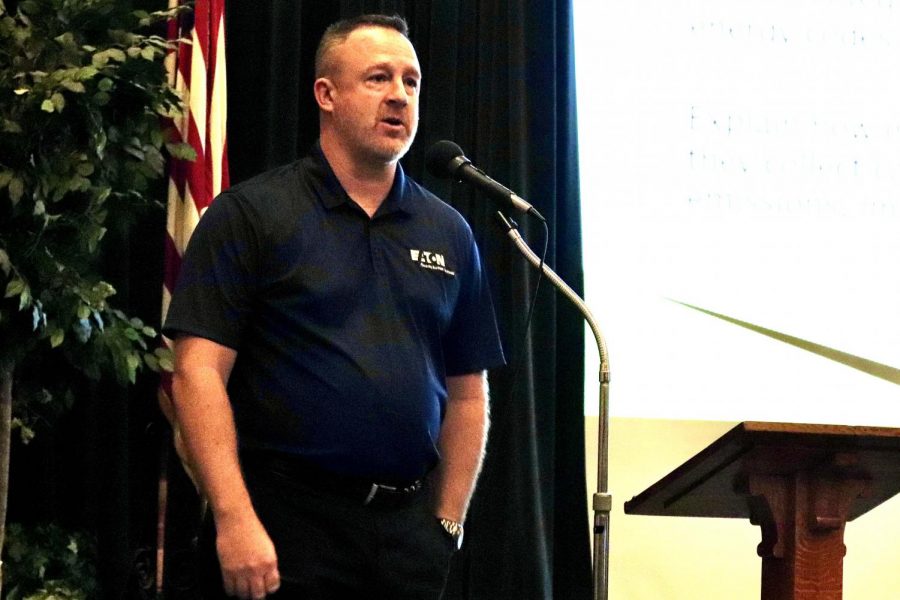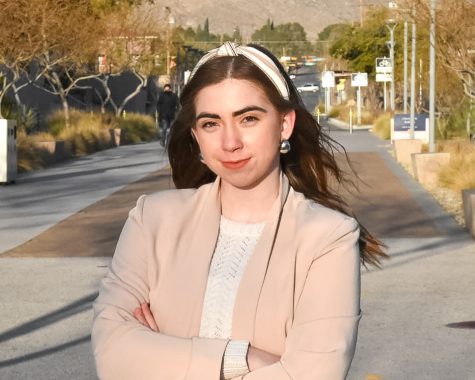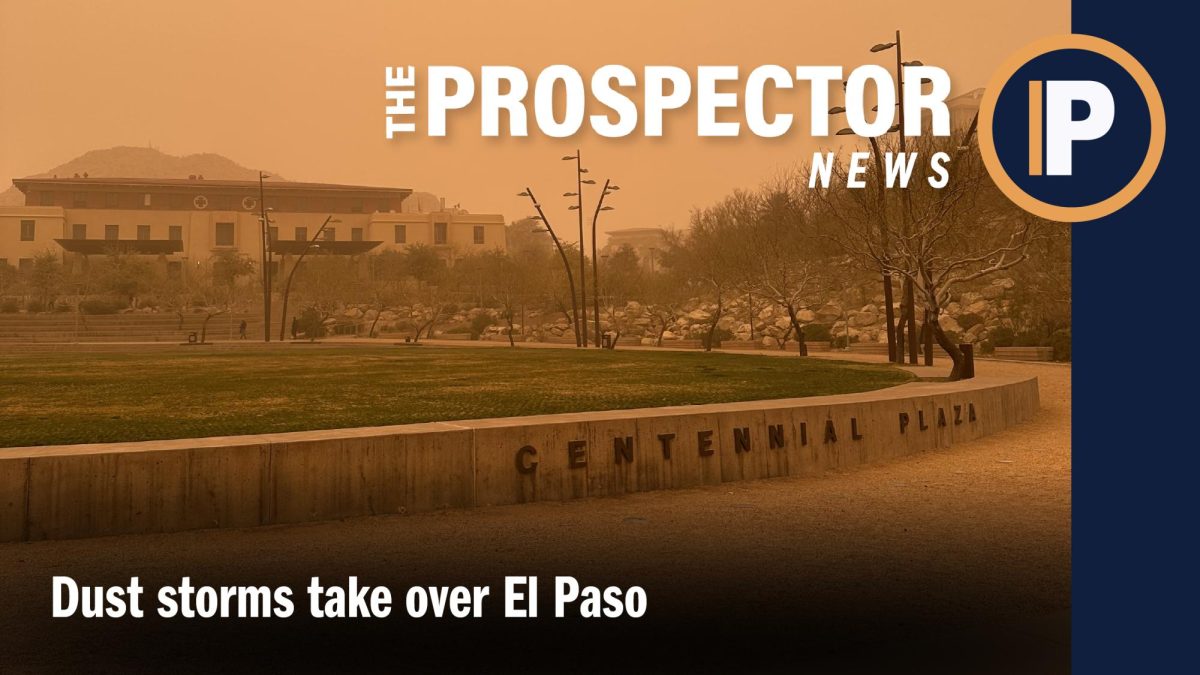The environmental organization Eco El Paso presented its 12th annual “Pollution & Solutions” conference to give local professionals in enterprises such as planning, engineering, architecture and construction an opportunity to learn from renowned experts in their field. The conference was held Oct. 15–16 at the El Paso Scottish Rite Theater.
The two-day public event provided El Paso’s leading developers with workshops and presentations centered around innovative and sustainable practices. The conference’s aim was to help foster eco-efficiency within the city.
A presentation was given by Jason King of “Dover, Kohl & Partners” utilized advanced modeling software to envision what El Paso would possibly resemble in 2050.
The model was able to predict possible scenarios and answer specific questions by analyzing past and current climate trends, addressing questions such as, “How many days per year will temperatures rise over 100 degrees?” and “Will El Paso ever run out of water?” among others.
“It is hard to imagine a world 10 degrees warmer with less water that would still have agriculture by the year 2100,” said King. “There is going to come a point where snow will just be a memory and winter won’t seem like winter.”
The presentation concluded by discussing how residents of El Paso can collectively work to reduce pollution trends.
Another presentation given by David Eaton, a professor of natural resource policy studies at The University of Texas at Austin, discussed air quality monitoring in the Paso del Norte region.
“In this region, it’s tough,” said Eaton. “You have and will always have an air quality problem. That’s just the nature of where you live.”
Natural circumstances include the desert climate, a mixture of dust and dirt up the air in residents’ breath, as well as the surrounding mountain ranges that keep air pollutants trapped, preventing them from dispersing.
Eaton also explained how the city has come dangerously close to being declared “nonattainment” every year since 2016. In other words, El Paso has consistently been in near violation of U.S. air quality standards for multiple years.
“Once you pass that threshold and become nonattainment, there are economic consequences,” Eaton said.
Consequences include requiring facilities to install costly pollution control equipment, limitations on the production of goods, reduced funds for transportation improvements, and large fines for any facilities that are noncompliant, among others.
One El Paso city planner in attendance was UTEP graduate student Emily Diaz-Melendez.
Diaz-Melendez, 28, said that conferences like “Pollution & Solutions” are important in her line of work.
“As a city planner, when it comes to any kind of rewriting of governing ordinances, we want to put forth the best practices,” Diaz-Melendez said. “So even if I don’t directly work with anything regarding air or water, when I approve this or review that, I am working with the developments that do affect those things.”
Diaz-Melendez also stressed that educational opportunities like “Pollution & Solutions” should be more accessible to the public for increased awareness within the community-at-large, instead of only with city professionals.
“Whenever the city tries to do something, we try to do with the best intentions and practices. However, we are constrained,” Diaz-Melendez said. “We do have certain restrictions and at the end of the day, if there isn’t the political and community support behind it, our hands are tied.”
According to Diaz-Melendez, public compliance plays a significant role in the development of any city.
“We need to have more outreach to the community so that they understand where we’re coming from and so that they don’t just think we’re trying to be ‘big government’ and govern everything,” Diaz-Melendez said. “They need to understand that there is a reason behind everything that we do.”
Margaret Cataldi may be reached at [email protected]











